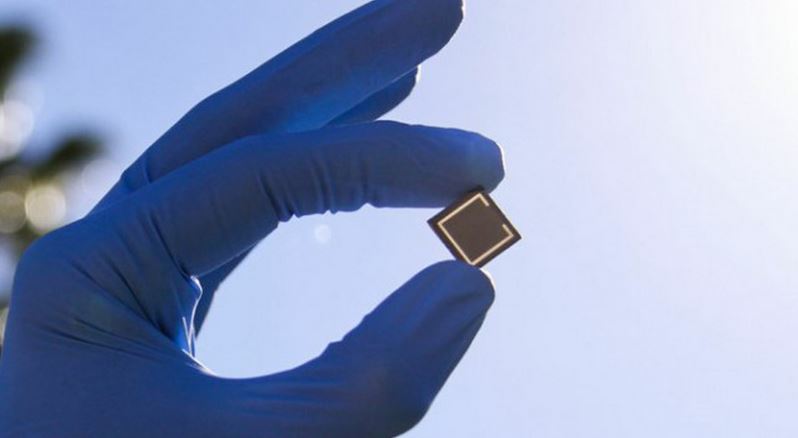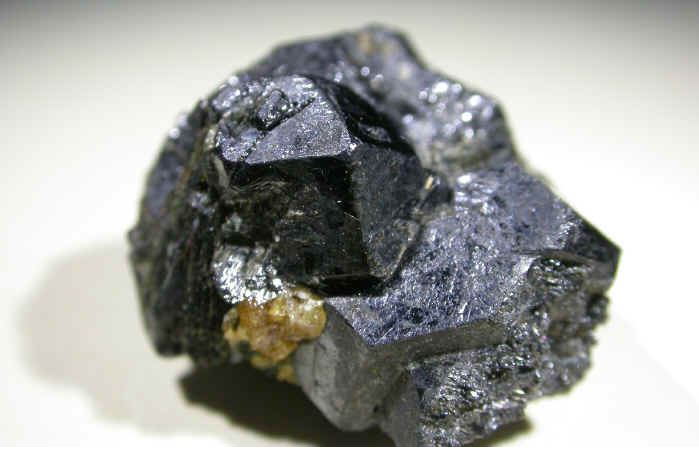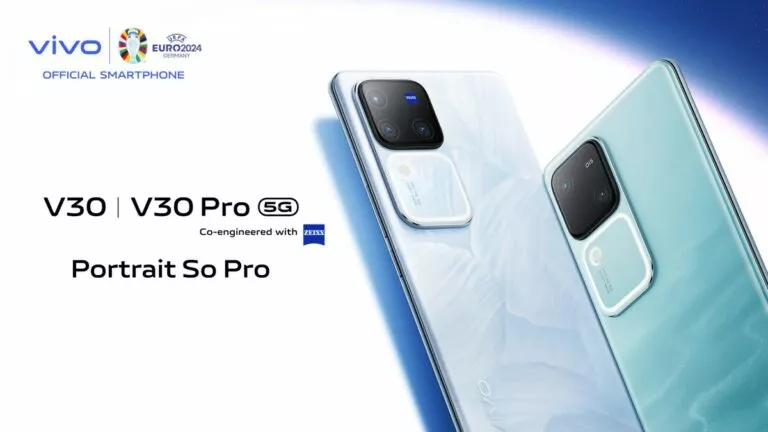This Two-in-one Solar Cell Can Generate More Electricity at Low Cost


In the past few years, solar energy has experienced a massive upsurge and is now widely popular and considered a very good and eco-friendly alternative to non-renewable sources of energy. Despite much research and progress, until now, we were not able to harness most of the solar energy available to us and the reason is that our solar cells are not efficient enough. In fact, the efficiency of the best solar cells is merely around 25%.
A plentiful mineral called perovskite was pointed as a possible solution to the poor performance of solar cells by earlier research work, but it was just a piece of theory at the moment. Now, a team of scientists from the Massachusetts Institute of Technology (MIT) and Stanford University have devised theory into action by constructing tandem silicon-perovskite two-in-one Solar Cell.
Tandem solar cells, sometimes referred as multi-junction solar cells, consist of more than one semiconductor material. They have the potential to boost up the efficiency of solar cells considerably, but their use has been very limited because of high cost and manufacturing complications. The team focused especially on these designs because they believed that there is much scope for improvement in them.
Perovskite is a crystalline organometal mineral that exists in geological deposits almost all over the world and also, it can be produced inexpensively in labs. It was known to scientists since decades that perovskite has light absorbing abilities and semiconductor properties, but it was only in 2009 that it was used in solar cells. The main advantage of using perovskite in solar cells is that it can be integrated in layers as thin as a micrometer.
Recommended: Get Electricity from Solar Energy-harvesting 3D Printed “Trees”
The tandem solar cells created via this experiment will be helpful in improving the connection between silicon and perovskite layers. This might prove beneficial for incorporating advancement in manufacturing of various technologies and gadgets. The connecting layer or tunnel junction consists of heavily doped p-type and n-type silicon which makes the energy barrier between two different layers almost zero. An additional titanium dioxide layer is added to allow electrons from perovskite solar cell to flow freely into the tunnel junction. Here, they recombine with the electrons from silicon panel.

A tandem solar cell based on perovskite and silicon is far more efficient and can absorb a larger fraction of solar radiation available to us.
Moreover, these solar panels minimize the phenomenon that we call as thermalization. It occurs when the energy of photons is released as heat. Silicon is best at absorbing photons towards the top of the solar energy spectrum while perovskite is good at capturing photons from the lower infrared segment. Hence, these specialized absorbing layers can convert sunlight into electricity more efficiently than a single absorbing layer.
The result of this experiment was much promising. A tandem solar cell showed near about 50% increase in its efficiency. The researchers believe that refining the perovskite layer and using more advanced silicon solar cell could yield better results. Until then, this research has been a milestone event in this arena as it is going to give solar energy a massive boost by making the solar cells far more efficient than they were earlier. So, now we have to use just 1 solar cell to attain the fruit of 2.
Recommended: Google’s Hot New Investment: SolarCity
For more science and tech updates every day, keep reading fossBytes.






